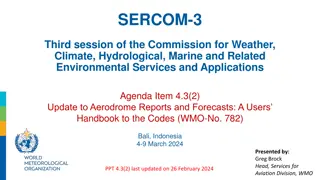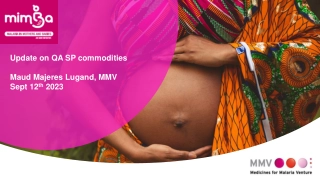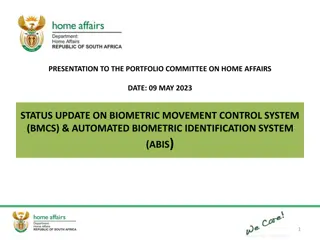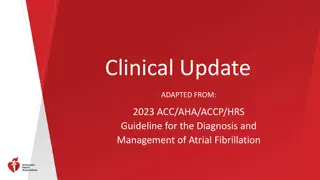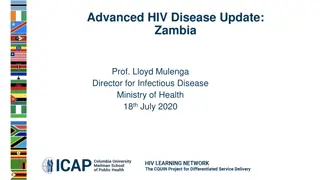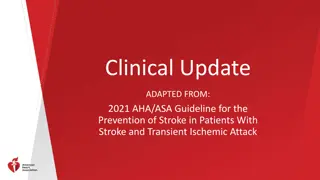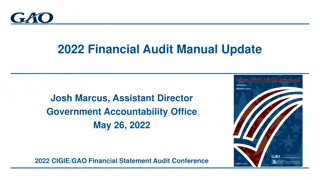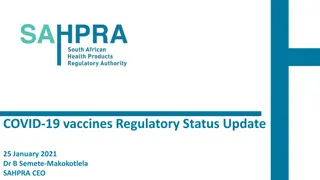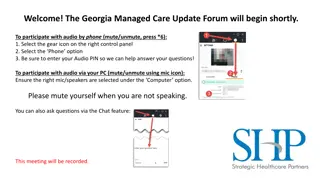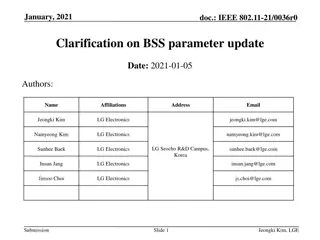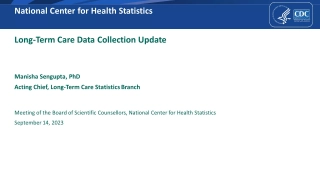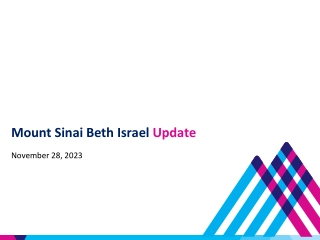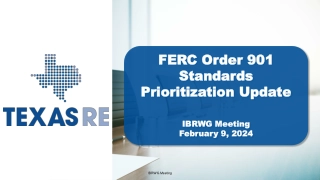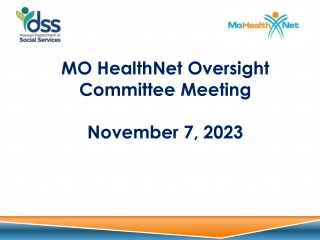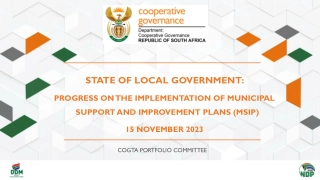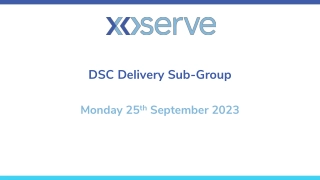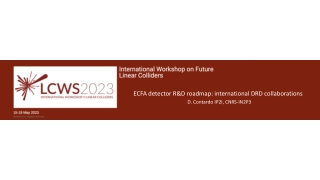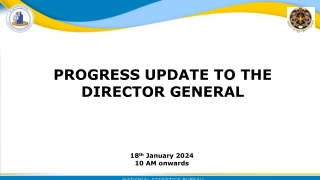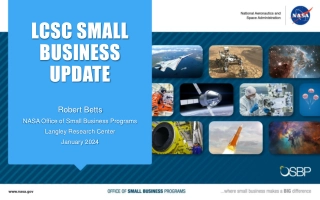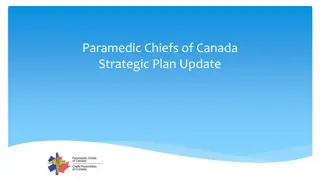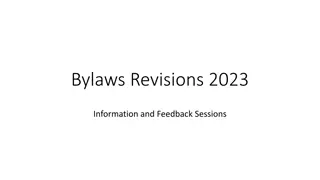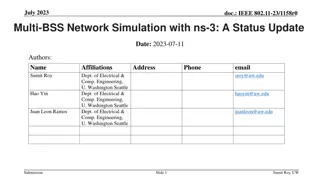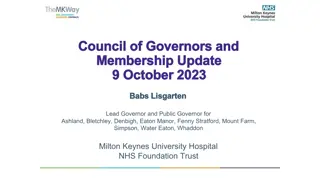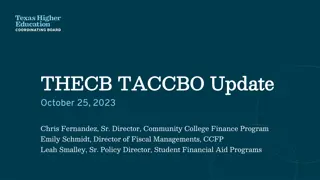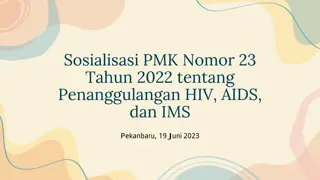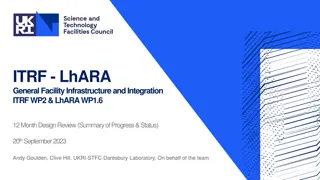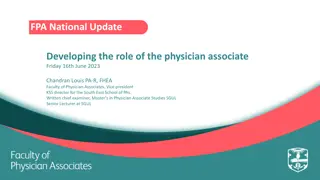DrEaMing CQUIN update for 23/24
Importance of implementing Enhanced Recovery after Surgery (ERAS) protocols to improve patient outcomes following major surgical procedures. It covers the benefits of early mobilization, fluid optimization, and proper analgesia techniques. By emphasizing early postoperative activities like drinking, eating, and mobilizing, the program aims to reduce complications and shorten hospital stays. Data from the UK's ERAS initiatives show significant improvements in patient recovery and lower complication rates. Incorporating these strategies can lead to better outcomes and enhanced patient care.
Download Presentation

Please find below an Image/Link to download the presentation.
The content on the website is provided AS IS for your information and personal use only. It may not be sold, licensed, or shared on other websites without obtaining consent from the author. Download presentation by click this link. If you encounter any issues during the download, it is possible that the publisher has removed the file from their server.
E N D
Presentation Transcript
DrEaMing CQUIN update for 23/24
Introductory CQUIN: 22/23 Major resections and replacements 70% target
ERAS: early UK experience Enhanced recovery compliance: More is better reduced length of hospital stay
Enhanced recovery elements: 3 groups Stuff which has become part of the fabric of care: Temperature management Antimicrobial prophylaxis Stuff which is too controversial to get over / get consensus on Goal directed fluid optimisation Analgesia techniques for specific surgeries Stuff which we should all be doing but can be hard and therefore variation still exists Early mobilisation; early return to normal homeostasis
Enhanced recovery elements: 3 groups Stuff which has become part of the fabric of care: Temperature management Antimicrobial prophylaxis Stuff which is too controversial to get over / get consensus on Goal directed fluid optimisation Analgesia techniques for specific surgeries Stuff which we should all be doing but can be hard and therefore variation still exists Early mobilisation; early return to normal homeostasis
Drinking, Eating and Mobilising within 24h of surgery: DrEaMing Drinking free fluids Eating soft diet Mobilising with support of one person
DrEaMing and postoperative complications 37% in patients who did not DrEaM within 24h General postoperative complication rate: 25.4% 17% in patients who did DrEaM within 24h Specific complications higher in patients who did not DrEaM within 24h pulmonary (3.7% vs. 1.9%) cardiovascular (4.8 vs 1.9%) gastrointestinal (20.7 vs. 6.3%)
Quintile 3 55 67 1 2 4 5 Proportion of cases achieving DrEaMing (%) Number of patients (N=7211) LOS (6 (4-9)) Incidence of major postoperative morbidity (%) 0 33 34 54 68 - 81 82 - 100 1136 1266 1412 1974 1423 7 (5-9) 6 (4-8) 6 (4-8.5) 6 (4-9) 5 (4-8) 23.3 24.1 24.4 22.3 21.2 Hospitals with the highest proportion of DrEaMers: 2 day shorter median LOS than the hospitals with the lowest proportion of DrEaMers
Expanded CQUIN for 23/24: More procedures Higher target




